
Chainlink 与 Ripple:全面比较
Chainlink 和 XRP 是两款令人惊叹的加密货币,其庞大的生态系统令人瞩目。知名加密货币研究公司 Messari 在其最新报告中对比了这两款加密货币的技术能力和实用性。它们之间究竟有何不同?我们将在今天的文章中进行探讨。
什么是 Chainlink?
Chainlink 是基于以太坊的第二层解决方案,提供去中心化预言机和跨链(CCIP)产品。它将智能合约与现实世界的信息连接,确保与链外数据的安全交互。通过这种方式,Chainlink 改善了去中心化金融(DeFi)、保险及其他基于区块链的行业。
该平台有自己的原生代币,LINK,通过在网络内作为支付手段支持生态系统。其架构确保了并行交易处理,即使在高网络拥塞期间,也能提供秒级高速度。
什么是 XRP?
XRP Ledger(XRPL)是 Ripple Labs 开发的区块链,用于管理跨境支付。它使用分布式账本技术简化转账并代币化现实世界资产。这一功能得益于 Cobalt 共识机制,该机制以最小的能耗在几秒钟内确认交易。除了高速外,XRP 的区块链还支持 NFT、去中心化交易所(DEX)和利用 EVM 侧链和 DeFi 模块进行的可编程金融开发。
该区块链拥有自己的原生代币,XRP,用于支付网络内的手续费。该项目的总供应量为 1000 亿,所有代币在网络启动时就已生产完毕:Ripple Labs 将 65% 的总量存入托管账户,剩余 35% 进入自由流通。如今,由于代币的高流动性,XRP 可以在大多数主要交易所购买。
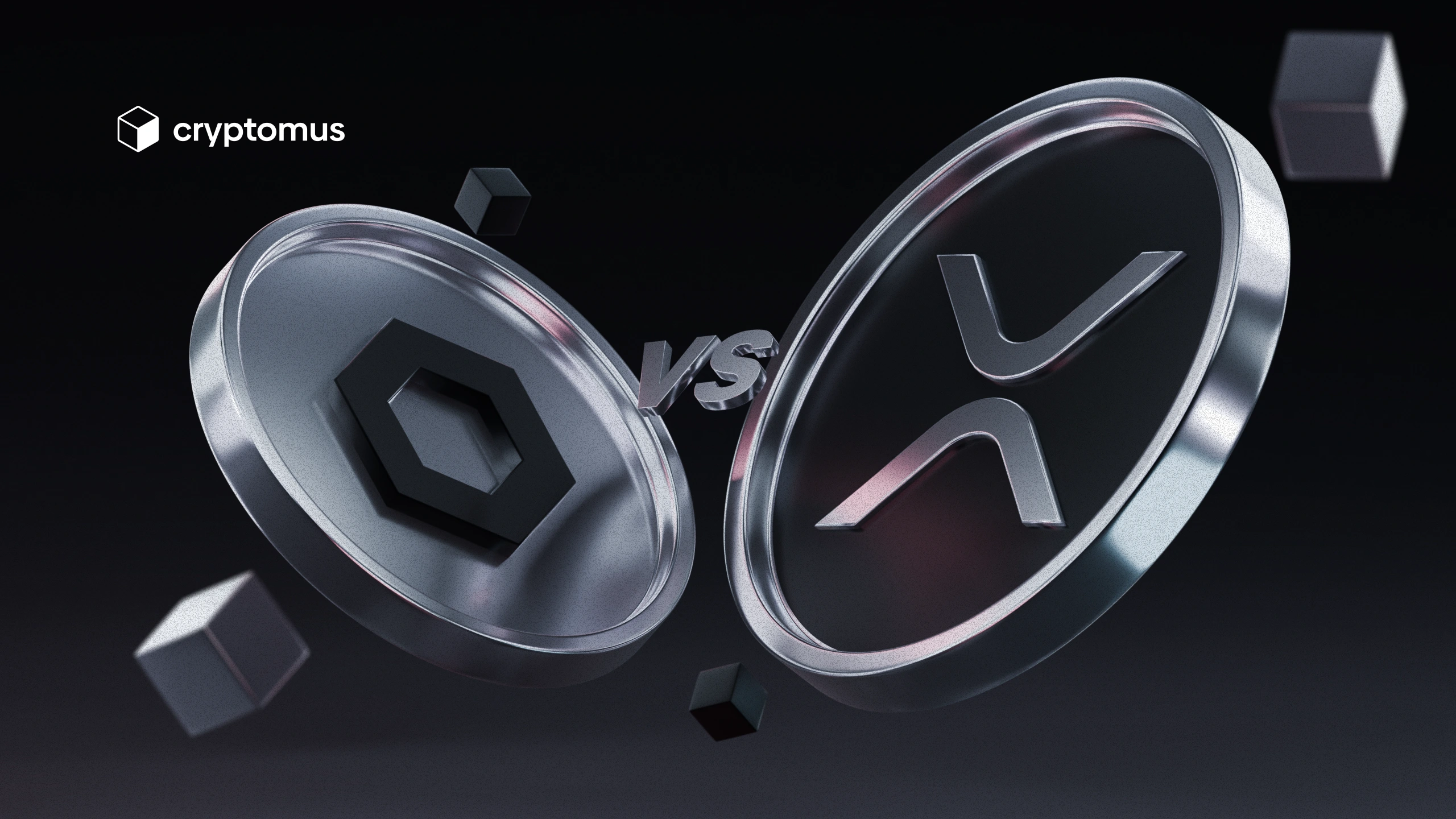
Chainlink 与 XRP:关键区别
现在我们已经了解了每个币的基本情况,接下来我们可以根据关键指标对它们进行比较。
交易速度与费用
随着 Chainlink 转向第二层解决方案并引入 CCIP,LINK 提供了更便宜(起始费用 $0.75)和更快速(约 5-7 秒)的交易。然而,还需考虑预言机网络所在的区块链。
至于XRP,它最初专注于高吞吐量和低费用。平均交易确认时间为 3-5 秒,手续费约为 0.00001 XRP(不到 $0.001)。这些指标使得该代币非常适合日常交易。
应用场景
Chainlink 主要面向 DeFi 和 CeFi 领域,也就是所有需要实时数据的平台。尽管 LINK 本身不支持智能合约,但它的基础设施对于其他区块链(如 Polygon 和 Arbitrum)实现这一功能至关重要。Chainlink 的另一大附加价值是为现实世界资产代币化提供基础。
至于 XRP,其网络开发重点是支付解决方案。其生态系统旨在简化跨境支付,吸引用户和大型金融机构作为未来的投资者。XRPL 团队目前正在扩展项目,以更好地适应 DeFi 领域的发展,计划对借贷实现进行更新。XRP Ledger 的附加功能还包括代币化过程和 EVM 侧链兼容性。
因此,我们看到,尽管这两个项目最初有不同的发展方向,但随着时间的推移,它们在 DeFi 和代币化领域的路径开始趋同。
机构采纳
Chainlink 正吸引着大量机构投资者。全球公司如 SWIFT、花旗银行和 Euroclear 正与该区块链合作,共同致力于改进基础设施和跨链资产转移。
至于 XRP,它同样吸引了传统金融行业的主要玩家。Ripple Labs 已与全球 300 多家金融机构合作,包括桑坦德、美国运通和 SBI Holdings。基于 XRP 的支付网络 RippleNet 被广泛用于银行和支付提供商之间的跨境转账。这使得 XRP 成为少数几种在国际银行业具有实际应用的加密货币之一。
技术与创新
Chainlink 在技术进步方面脱颖而出。其 CCIP(跨链互操作协议)被认为是确保不同区块链之间互操作性的最重要解决方案之一。值得注意的是,Chainlink 的去中心化预言机网络被视为行业标准:它为领先的 DeFi 项目提供服务,包括 Aave、Compound 和 Synthetix。
XRP Ledger 同样在实现重要创新:推出了支持 EVM 的侧链、自己的去中心化交易所(DEX)、NFT 支持以及用于代币化现实资产的工具。然而,在架构方面,XRP Ledger 仍然较少去中心化——大多数验证者由接近 Ripple 的实体控制,这在加密社区中引发了争议。
Chainlink 与 XRP:对比总结
我们对关键参数进行了比较,通过以下表格,您可以清晰地看到它们之间的区别:
| 特征 | Chainlink (LINK) | Ripple (XRP) | |
|---|---|---|---|
| 启动年份 | Chainlink (LINK)2017 | Ripple (XRP)2012 | |
| 区块链 | Chainlink (LINK)以太坊(通过 CCIP 连接其他链) | Ripple (XRP)XRP Ledger | |
| 主要目的 | Chainlink (LINK)去中心化预言机、跨链解决方案 | Ripple (XRP)跨境支付、银行集成 | |
| 交易速度 | Chainlink (LINK)~5-10 秒 | Ripple (XRP)3-5 秒 | |
| 交易费用 | Chainlink (LINK)根据网络情况 | Ripple (XRP)$0.001 | |
| 机构合作伙伴 | Chainlink (LINK)SWIFT、花旗银行、Euroclear 等 | Ripple (XRP)Santander、美国运通、SBI Holdings 等 | |
| 生态系统 | Chainlink (LINK)预言机、CCIP、DeFi 支持 | Ripple (XRP)RippleNet、XRP Ledger、侧链、NFT、DEX |
Chainlink 与 XRP:哪个更值得购买?
很难明确回答哪个币更值得购买,Chainlink 还是 XRP,因为选择取决于您的目标和兴趣。如果您专注于 Web3 基础设施解决方案、代币化,并希望支持一个拥有强大技术基础的项目,那么 Chainlink 看起来更具吸引力。它在为 DeFi 提供数据方面发挥着重要作用,使 LINK 成为加密经济中极为重要的元素。
另一方面,如果您对跨境转账的广泛应用和与银行的合作感兴趣,XRP 在这一细分市场中具有强大的优势。而且其高速的交易处理和低费用可能是一个不错的附加优势。
因此,我们可以得出结论,这两种币都因其生态系统和应用场景而具有吸引力。选择完全取决于您的投资需求和偏好。
这篇文章对您有帮助吗?请在评论中告诉我们您的看法,并关注 Cryptomus 博客,以获取更多加密货币知识!
给文章评分
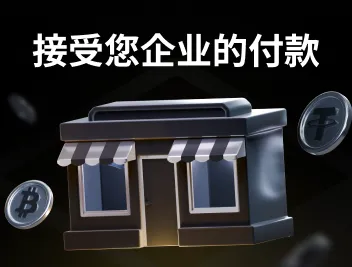
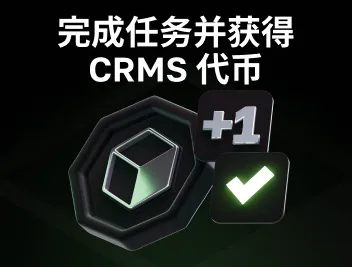
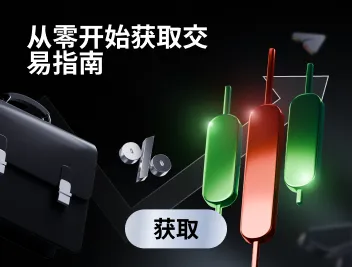
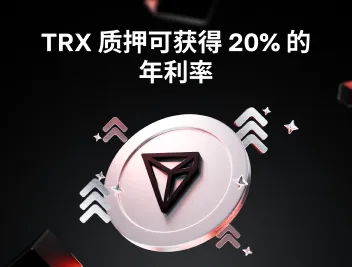




评论
0
您必须登录后才能发表评论